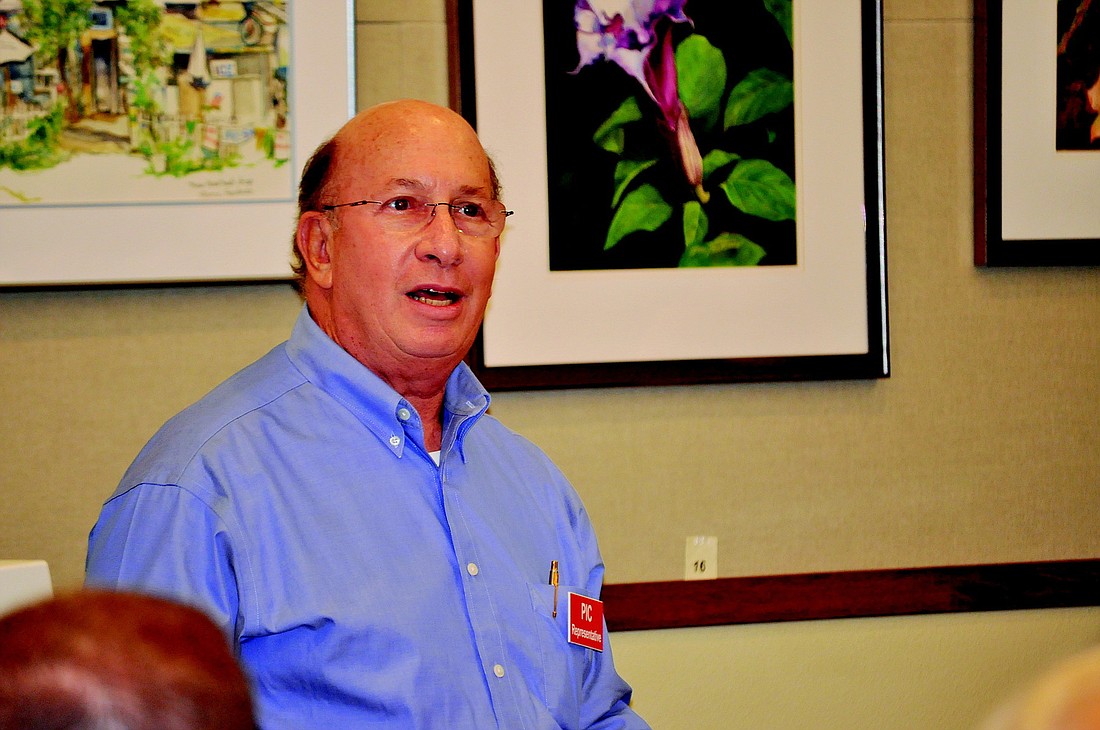- April 17, 2024
-
-
Loading

Loading

Longboat Key resident Lenny Landau made a brief presentation to the Longboat Key Town Commission at its Thursday, Dec. 16 regular workshop that centered on whether the town needs to renourish portions of its beach.
Landau presented a five-minute presentation, called “The Beaches of LBK,” that offered data that claims not all sections of the town’s beach need sand.
“Some sections are trouble, some are very stable and some are accreting sand,” Landau said.
Landau, who has been asking for and receiving data from the town’s beach engineer, Boca Raton-based Coastal Planning and Engineering (CP&E), for more than a year, says his data shows the town has only lost 10.9% of its sand island-wide since the town’s last beach project in 2006.
And, if you don’t add the north-end sand losses, Landau states that only 7.8% of shoreline has been lost since the 2006 beach project.
“By 2015, we still would only have lost less than 10% of the sand,” said Landau, who stated that only a major hurricane would take away much of the island’s sand.
“In summary, we should only be taking care of our erosional hot spots,” Landau said. “There is no urgency to renourish and delaying the next project will provide time to get financial assistance.”
CP&E President Tom Campbell, however, disputed Landau’s data at the meeting.
“We look at the same report and come up with a different conclusion,” Campbell said. “We look at every portion of the island’s beach profile and determine the erosion biometrically.”
Campbell and Town Manager Bruce St. Denis said Landau’s data is only showing how far the sand juts out into the Gulf of Mexico, when, in reality, the sand is also depleting in height and is eroding underneath the sand on which people walk. Campbell and St. Denis confirmed after the meeting that the beach has lost 33% of its sand overall, when calculating sand loss biometrically.
Commissioner Phillip Younger, however, disputed St. Denis’ calculations.
“It seems like most of the island’s selling points on the beach is its 130-foot, beach-design width,”
Younger said. “When we talk about adding more volume, I assume it’s extending the sand further out. It doesn’t make sense to rebuild areas that already have excessive beach length.”
St. Denis addressed Younger’s concerns.
“There are areas that have no beach fill (sand) planned for placement in the next beach project,” St. Denis said. “Not every area of the beach will receive sand.”
Contact Kurt Schultheis at [email protected]